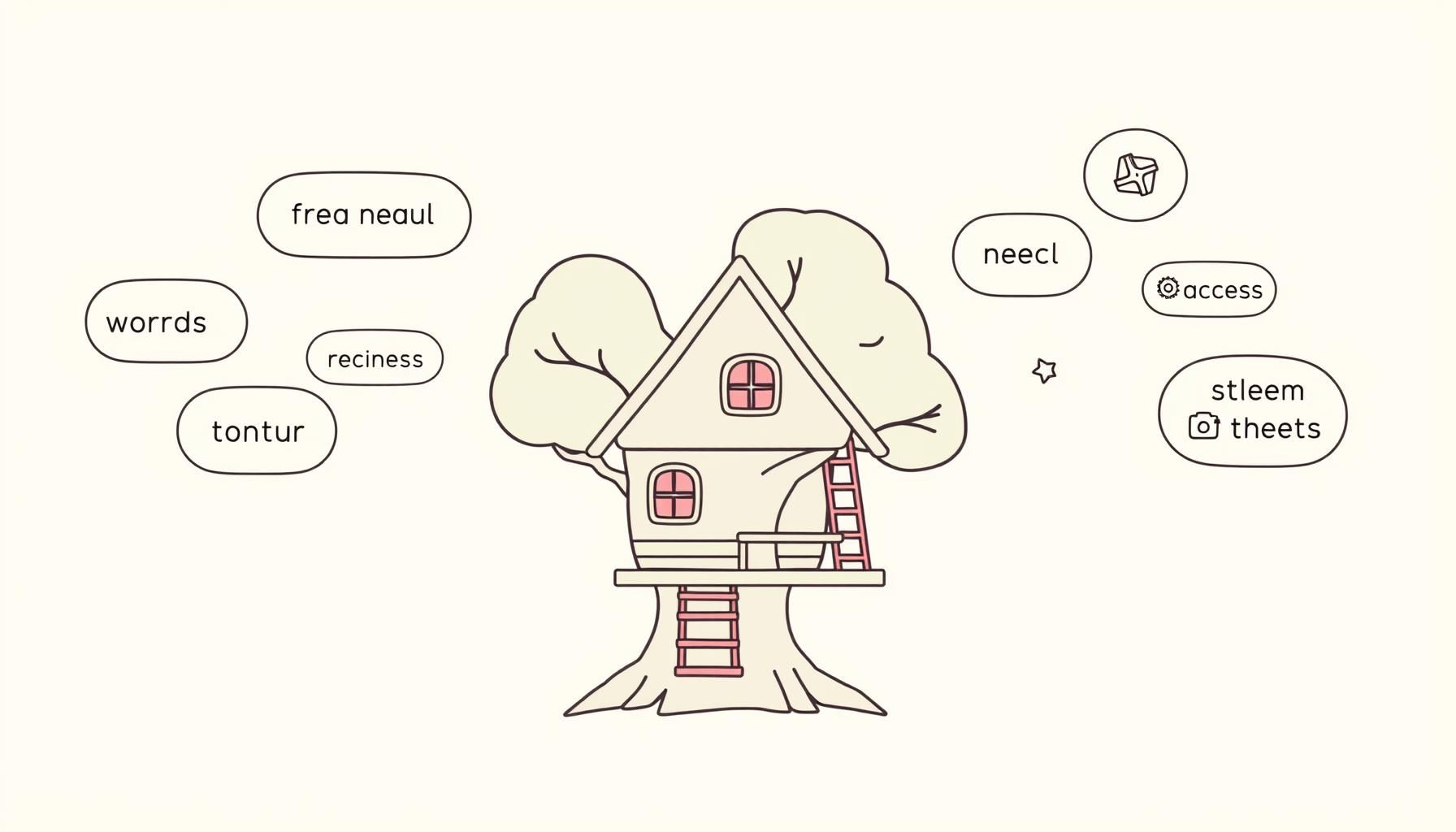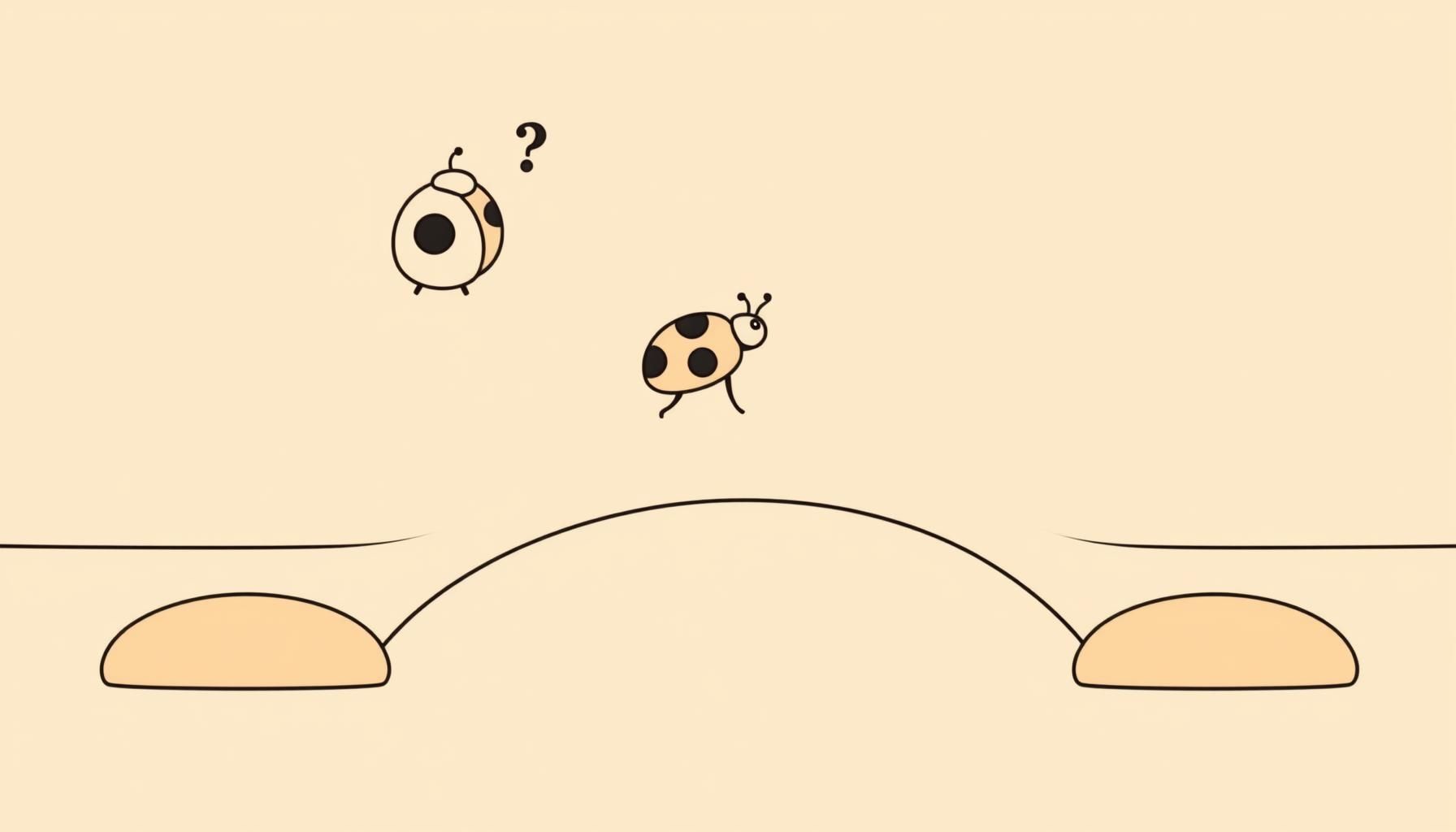
Yesterday, on the 100-metre walk home from school, my daughter spotted a ladybug and asked, Can we teach the robot to count its spots?
My heart did that little rocket-launch thing. She’s seven—curious, fearless, and convinced every screen is a doorway to magic. That innocent question? It’s actually the seed of talking to machines: turning wonder into words that move helper-bots. Here’s how we nurture that curiosity while keeping childhood joyfully alive.
Unlocking Machine Magic by Talking to It

Picture prompts as magic spells for helpful helper-bots—no gold-hoarding, just pure creation! In kid-speak: say the right words, get awesome pictures or answers. Those five eLearning Industry resources—sandbox tools, friendly communities, bite-sized courses—aren’t just for grown-ups; they’re treasure maps we adapt for living-room quests.
Try this tonight: open any free image-generator. Ask your child to describe their dream treehouse: “a pink ladder, watermelon walls, clouds for windows.” Watch the AI sketch it. Giggle. Tweak the words together and watch it morph. In fifteen minutes? She’s mastered trying new words, describing better, and that tech listens when we speak kindly.
Fun AI Learning Games That Spark Real-World Creativity

Here’s how we make it work: our kitchen table holds a tiny “prompt jar”—colorful slips with silly starters like “Invent a snack for dragons,” “Sing the ABCs backwards,” “Draw a city made of socks.” After dinner? We grab one, craft a prompt together, and laugh at whatever the AI creates.
The golden rule: one round of screen magic equals two rounds of real-world play. Dragon snacks? We sculpt them from fruit. Sock cities? We raid the laundry basket. Energy stays sky-high; eyes stay soft and human. AI is our springboard—never the babysitter.
3 Everyday Ways to Grow Future-Ready Skills Naturally

Research highlights empathy and clarity—skills kids already use explaining block tower catastrophes. Talking to machines simply redirects that empathy outward: What details does the computer need? How can I explain with kindness?
Core AI literacy lessons we weave in:
- Who benefits? (The robot, future teammates)
- How clear is my mental picture?
- What words paint it fastest?
Zero worksheets—just chatter while buttering toast. Slowly, her instructions sharpen. Confidence blooms louder than test scores.
Balancing Screen Time with Sensory Adventures

Seven-year-olds thrive when senses explore. Our loose tech-literacy rule: every prompt spills into offline play. AI-generated space station? We map constellations with sticky notes on the balcony. Singing turtle story? Grab ukuleles and bring it alive.
Who knew dragons and sticky stars could collide? Outdoor play fuels our adventures, while shared cocoa keeps us grounded. Tech bows out; family steps center stage.
Your Burning AI Parenting Questions Answered Joyfully

Will early exposure shorten attention spans? Not if tech’s dessert: small portions after main courses of paint and dirt.
Need coding skills? Nope—your curiosity’s the only tool required.
What if she only wants joke prompts? Perfect! Humor teaches brevity and surprise—prompt essentials.
Handling questionable content? Sit side-by-side. Shared laughter beats any filter.
Today’s playful prompts build tomorrow’s bridges—to medical breakthroughs, dance studios, dragon labs. Our job? Build guardrails of trust, pack snacks for wonder. Just like counting spots on that ladybug—every question codes a brighter future.
